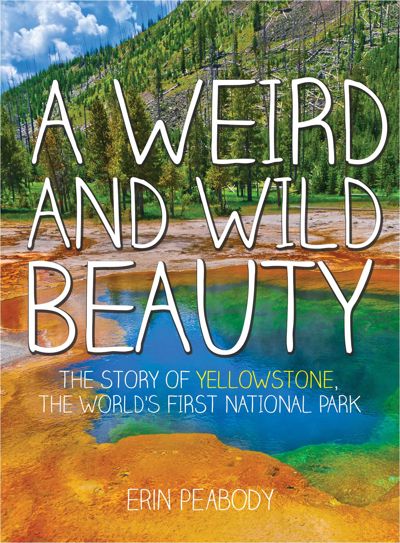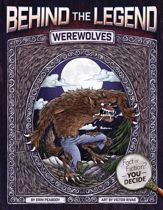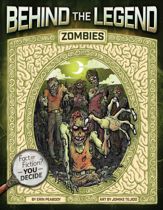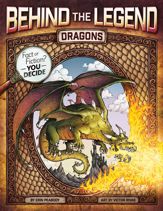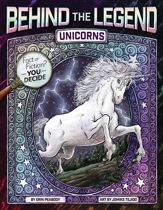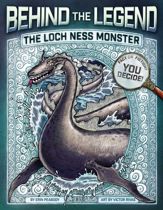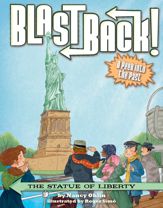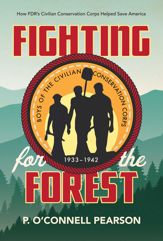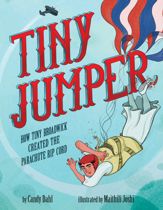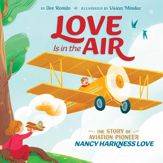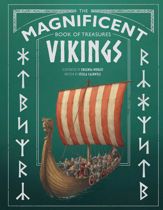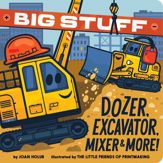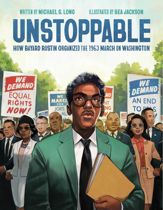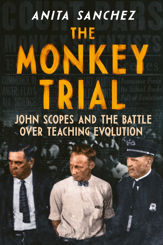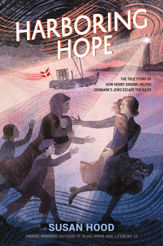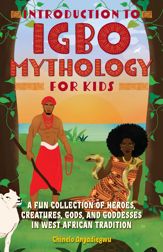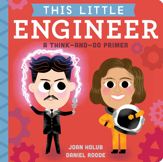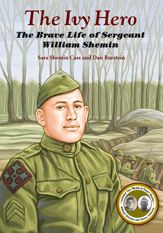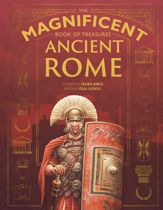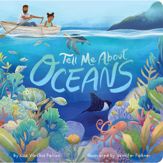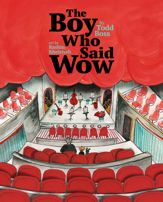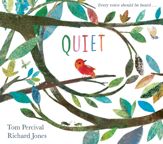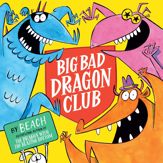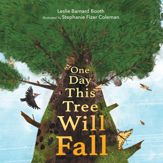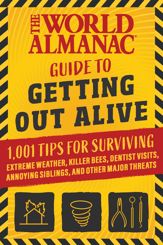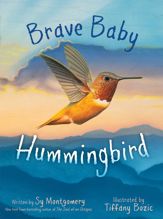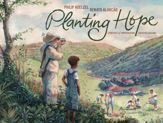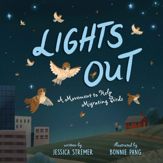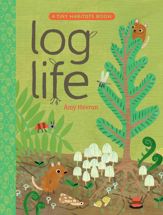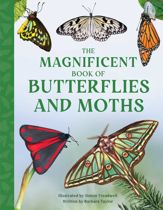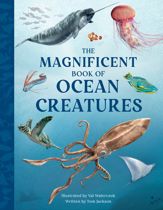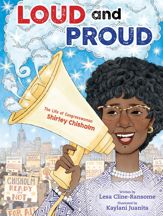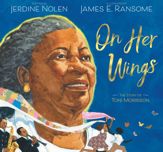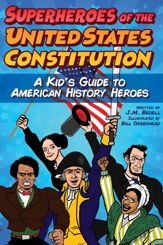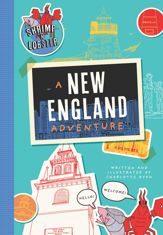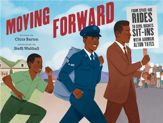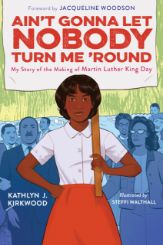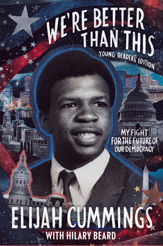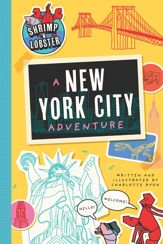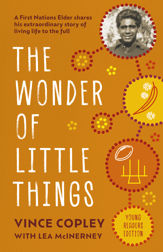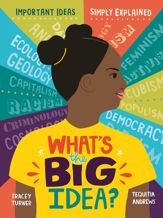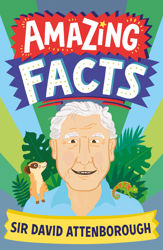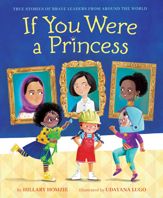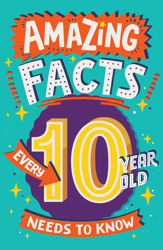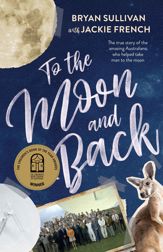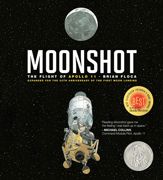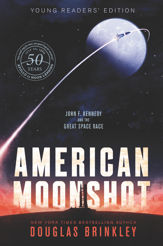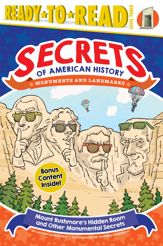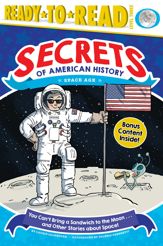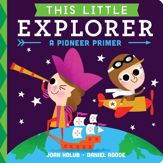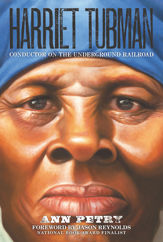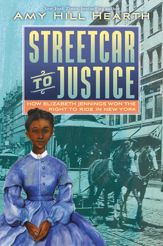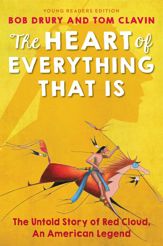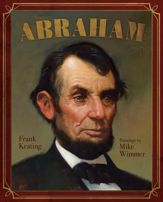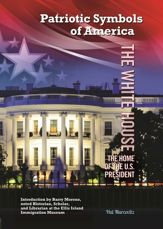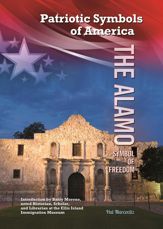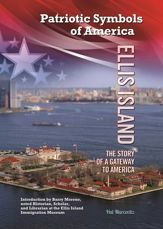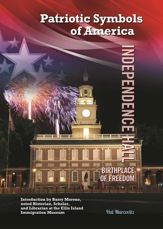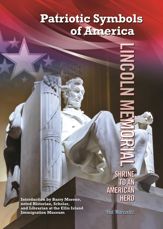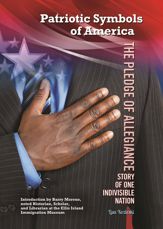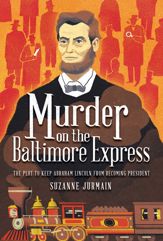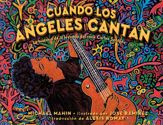"This book, with lively writing, great research, and wonderful photographs, maps, and other graphics, deserves a much wider readership than its intended audience, and should find a place in libraries and classrooms everywhere." —San Francisco Book Review
"If Peabody's impassioned, vividly written chronicle of how Yellowstone became a national park does not make readers want to visit, nothing will....The dramatic, picturesque descriptions of the expedition read very much like an adventure story.... A lively, richly detailed account of exploration, conservation, and natural history." —Kirkus Reviews
"This thorough and insightful history of Yellowstone chronicles an 1871 scientific expedition to—and the eventual creation of—what would become the first U.S. National Park. Peabody, a former ranger who has worked at several national parks, explores how shifting views of nature—and support from the likes of Henry David Thoreau, Ralph Waldo Emerson, and John Muir—contributed to the region’s preservation. Vivid descriptions, numerous sidebars, and color photographs highlight Yellowstone’s dramatic geological features, including hot springs, waterfalls, and canyons; in fact, when explorers wrote about the terrain they encountered, 'Yellowstone’s turquoise pools, mud puffs, and jetting geysers' helped earn it the nickname Wonderland, after Lewis Carroll’s recently published book. At its core, Peabody’s narrative explores how wilderness became an integral part of the American identity. Ages 12–up" —Publisher's Weekly
“This excellent title is recommended for any collection in need of quality creative nonfiction in the area of natural history.” —School Library Journal
“Peabody uses her own experiences as a park ranger to write with authority on the landforms and geothermal features that are hallmarks of Yellowstone, and the end matter includes a guide to the most unusual attractions. By emphasizing the uniqueness of Yellowstone through the eyes of men like Hayden, who experienced it in its rawest form, this is a call for conservation neatly packaged as a high-interest historical narrative.” —Booklist
“Perfect for students interested in exploration, adventure, and nature.” —VOYA
“Yellowstone National Park is beautifully portrayed as an historical, astounding, and simply magical place filled with natural wonders that proudly display America’s unique landscape. Written from an historical point of view, Peabody uses accounts from various adventurers and explorers to spin the tale of the exploration, establishment, and highlights of the awesome national park. Sidebars are snugly and smartly incorporated into the book to provide more insight on animals, sights, famous people, and fun facts. 4Q, 4P.” —Shirley Yan, Teen Reviewer, VOYA
Description
The summer of 1871, a team of thirty-two men set out on the first scientific expedition across Yellowstone. Through uncharted territory, some of the day’s most renowned scientists and artists explored, sampled, sketched, and photographed the region’s breathtaking wonders—from its white-capped mountain vistas and thundering falls to its burping mud pots and cauldrons of molten magma. At the end of their adventure, the survey packed up their specimens and boarded trains headed east, determined to convince Congress that the country needed to preserve the land from commercial development. They returned with “stories of wonder hardly short of fairy tales,” to quote the New York Times.
With the support of conservationists such as Ralph Waldo Emerson, Henry David Thoreau, Frederick Law Olmsted, and John Muir, the importance of a national park was secured. On March 1, 1872, Ulysses S. Grant signed the Yellowstone Park Bill into law. It set aside over two million acres of one-of-a-kind wilderness as “a great national park for the benefit and enjoyment of people.” This important and fascinating book will introduce young adults to the astonishing adventure that led to “the best idea America ever had.” Today over 130 countries have copied the Yellowstone model, and billions of acres of critical habitat and spectacular scenery are being preserved for all of us to enjoy.
This book has a wonderful ecological and historical message for readers ages 12 and up. No book about Yellowstone's founding has been written for this age group before, yet Yellowstone National Park is a major destination for many families, so many readers will likely have heard of Yellowstone or even have visited there. This is a great book for any school library or for history or science classrooms in middle and high school, where information can be used for research projects.
Reviews
"This book, with lively writing, great research, and wonderful photographs, maps, and other graphics, deserves a much wider readership than its intended audience, and should find a place in libraries and classrooms everywhere." —San Francisco Book Review
"If Peabody's impassioned, vividly written chronicle of how Yellowstone became a national park does not make readers want to visit, nothing will....The dramatic, picturesque descriptions of the expedition read very much like an adventure story.... A lively, richly detailed account of exploration, conservation, and natural history." —Kirkus Reviews
"This thorough and insightful history of Yellowstone chronicles an 1871 scientific expedition to—and the eventual creation of—what would become the first U.S. National Park. Peabody, a former ranger who has worked at several national parks, explores how shifting views of nature—and support from the likes of Henry David Thoreau, Ralph Waldo Emerson, and John Muir—contributed to the region’s preservation. Vivid descriptions, numerous sidebars, and color photographs highlight Yellowstone’s dramatic geological features, including hot springs, waterfalls, and canyons; in fact, when explorers wrote about the terrain they encountered, 'Yellowstone’s turquoise pools, mud puffs, and jetting geysers' helped earn it the nickname Wonderland, after Lewis Carroll’s recently published book. At its core, Peabody’s narrative explores how wilderness became an integral part of the American identity. Ages 12–up" —Publisher's Weekly
“This excellent title is recommended for any collection in need of quality creative nonfiction in the area of natural history.” —School Library Journal
“Peabody uses her own experiences as a park ranger to write with authority on the landforms and geothermal features that are hallmarks of Yellowstone, and the end matter includes a guide to the most unusual attractions. By emphasizing the uniqueness of Yellowstone through the eyes of men like Hayden, who experienced it in its rawest form, this is a call for conservation neatly packaged as a high-interest historical narrative.” —Booklist
“Perfect for students interested in exploration, adventure, and nature.” —VOYA
“Yellowstone National Park is beautifully portrayed as an historical, astounding, and simply magical place filled with natural wonders that proudly display America’s unique landscape. Written from an historical point of view, Peabody uses accounts from various adventurers and explorers to spin the tale of the exploration, establishment, and highlights of the awesome national park. Sidebars are snugly and smartly incorporated into the book to provide more insight on animals, sights, famous people, and fun facts. 4Q, 4P.” —Shirley Yan, Teen Reviewer, VOYA
